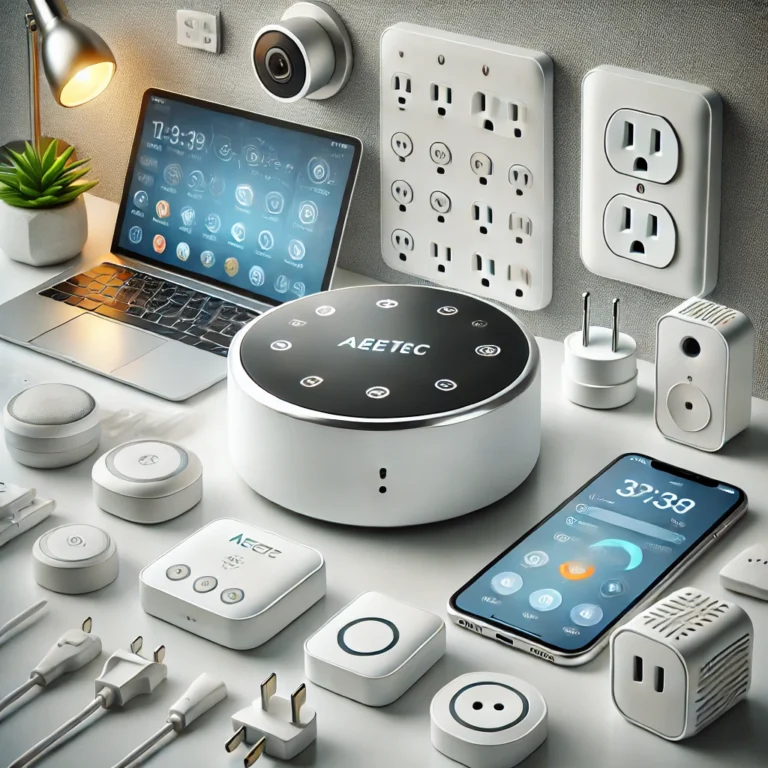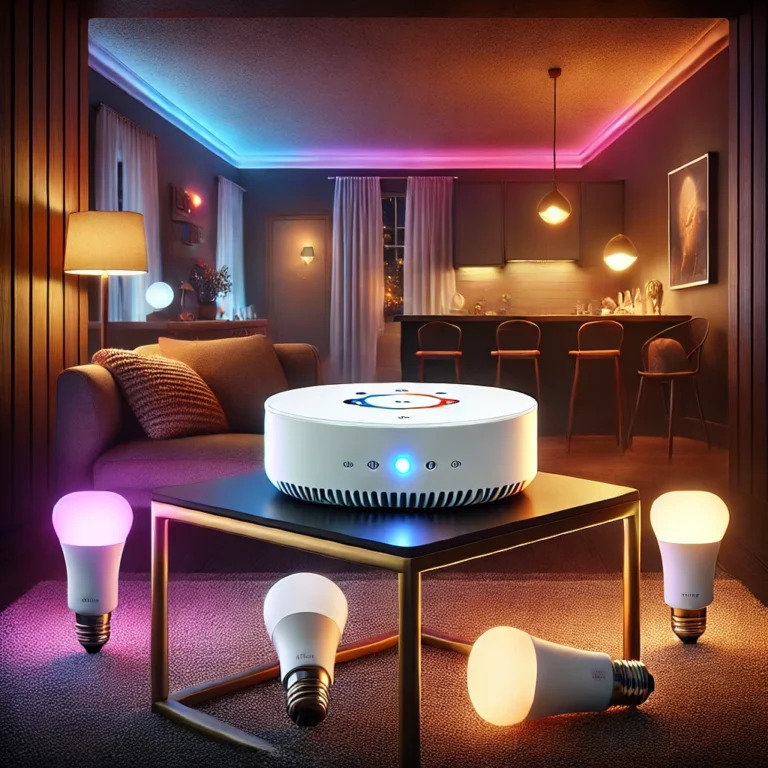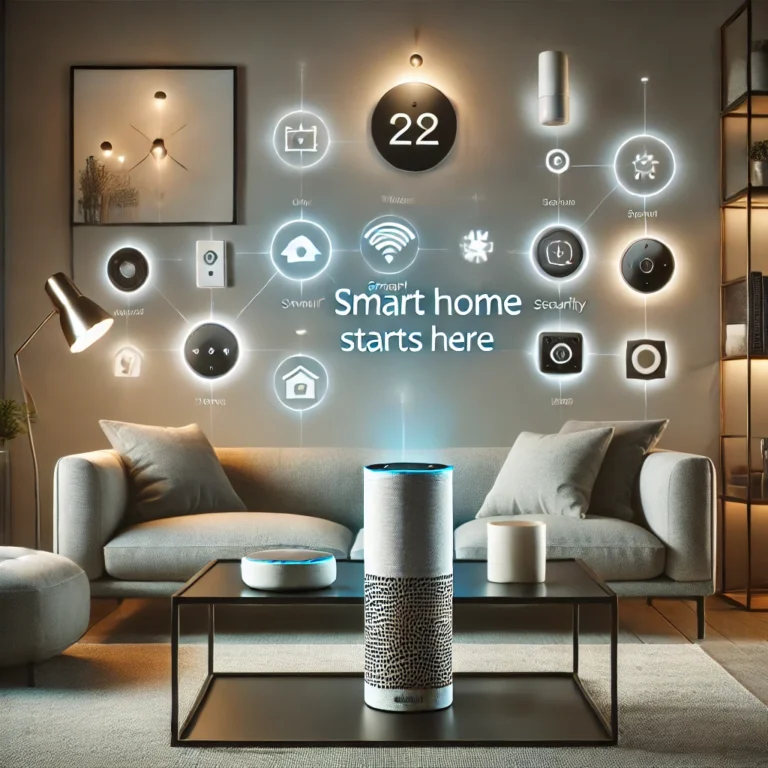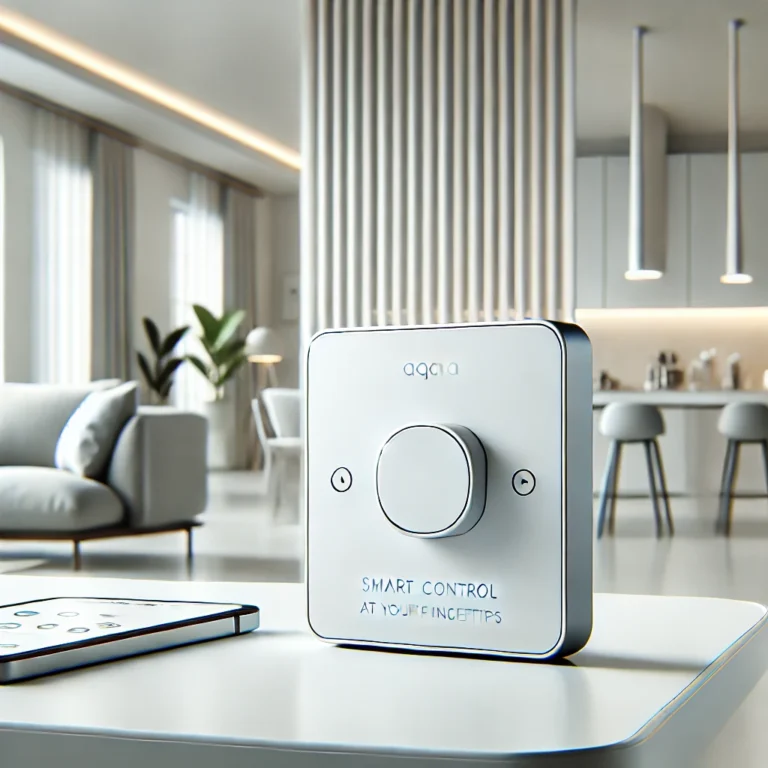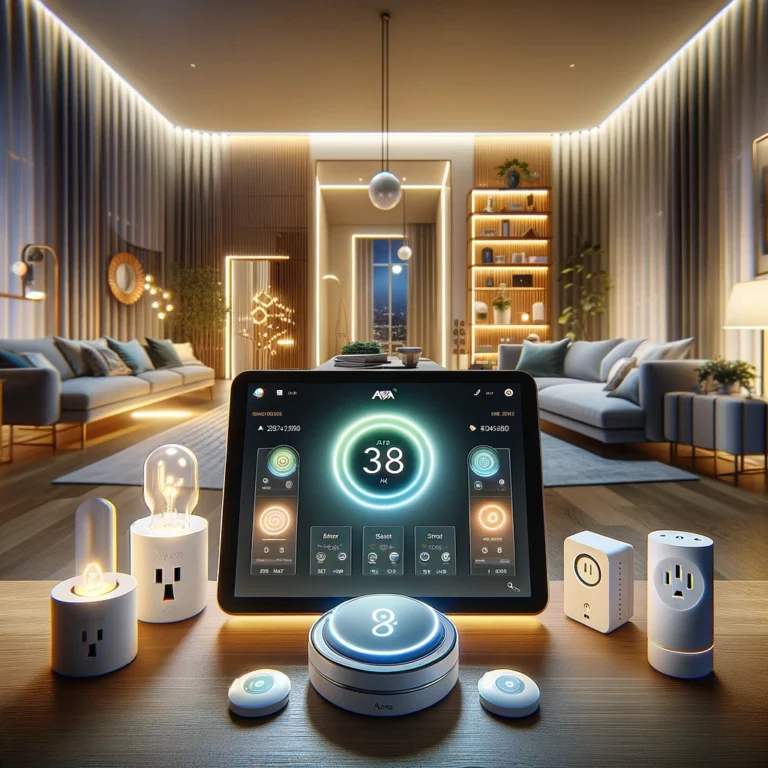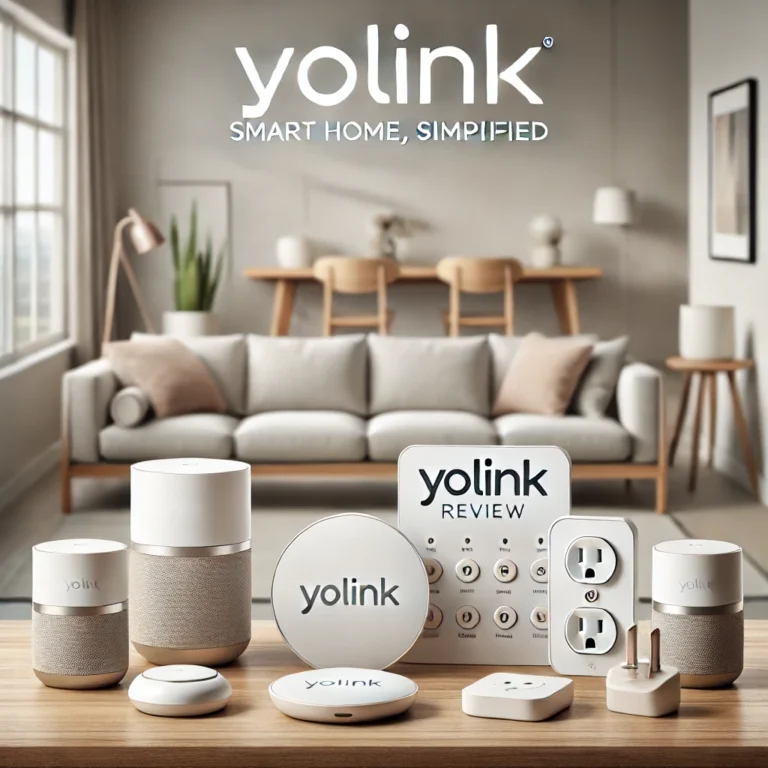How Difficult Is It to Set Up Automated Light Switches – Read Before You Buy
Upgrading your home with automated light switches is an exciting step toward convenience, energy efficiency, and smart home living. However, before you jump in, it’s important to consider the complexities of setting up these switches. Whether you’re a seasoned DIYer or just someone looking to modernize your space, understanding the setup process will help you make the right decision. Let’s break down what you need to know before you buy.
We will cover some of the main concerns that people have before they purchase. We have also put together the guide based on some of the automated light switches that are available so you know how difficult it will be to do this yourself.
Click here to check out the best wi-fi light switches…
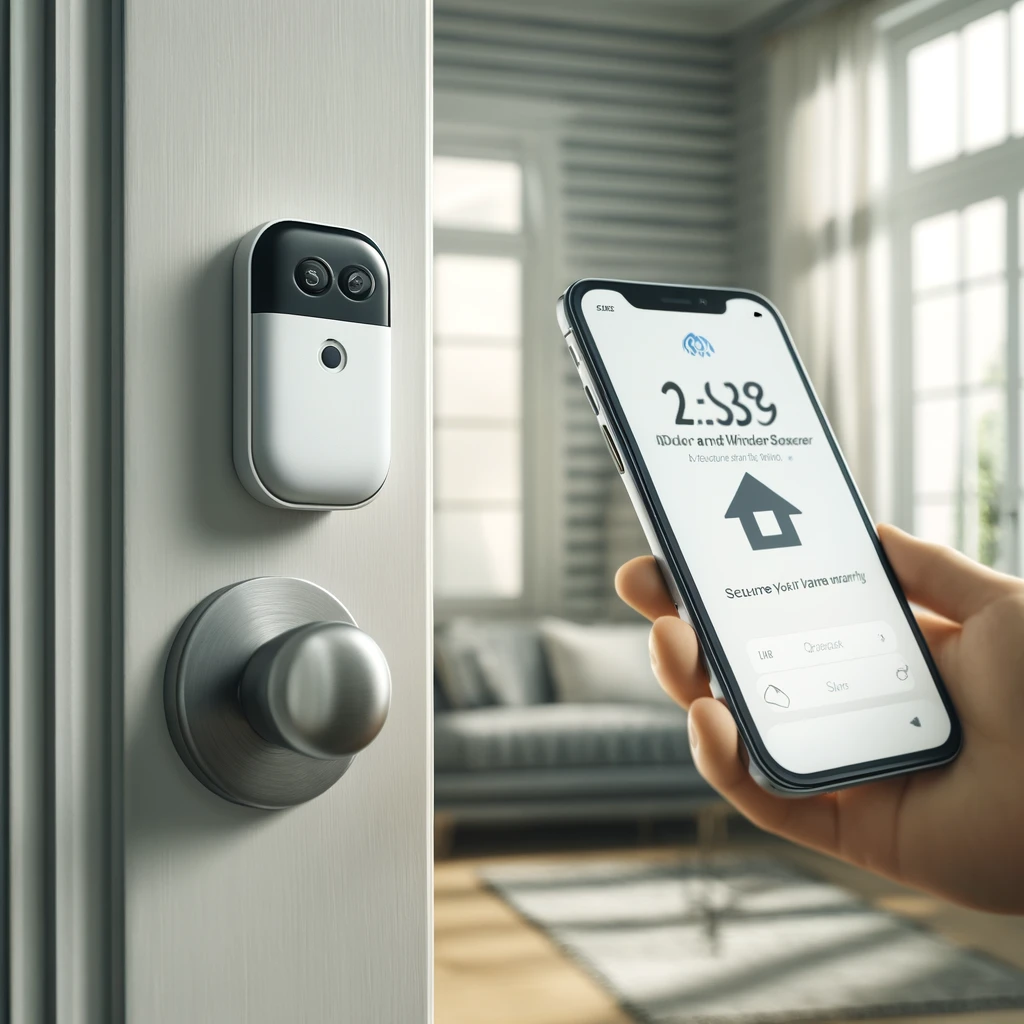
Things to Think About
1. Compatibility with Your Existing Setup
Before purchasing automated light switches, check if they are compatible with your current electrical system. Some older homes might have wiring configurations that aren’t compatible with smart switches. The most common issue is the absence of a neutral wire, which is necessary for most smart switches to function properly.
Make sure to:
Check for neutral wires in your switch box.
Verify the voltage rating of your switches.
Ensure the bulbs you’re using are compatible with automated switches (e.g., LED, CFL, or incandescent).
2. Hub vs. Hubless Systems
Automated light switches typically come in two varieties: those that require a central hub (such as Zigbee or Z-Wave) and those that are Wi-Fi enabled and work without a hub. Both have their pros and cons:
Hub-based systems offer more robust connectivity and are ideal if you’re planning to expand to other smart home devices.
Wi-Fi switches are easier to install but may struggle with connectivity if you have a weak Wi-Fi signal in certain areas.
3. Skill Level for Installation
How comfortable are you with electrical work? Automated light switches require some level of electrical knowledge, particularly when dealing with live wires. If you’re unsure, consider how much time and effort you’re willing to put into learning or whether you’d prefer to hire a professional.
4. Functionality and Features
Automated light switches come with various features. Some basic models offer simple on/off functionality, while others allow dimming, voice control, scheduling, and integration with other smart home systems like Alexa, Google Assistant, or Apple HomeKit. Consider:
Do you want dimming capabilities?
Would you prefer motion sensors for hands-free control?
Do you want remote control via smartphone?
Each of these features will affect the complexity of installation and setup.
Final Thoughts:
As long as you make sure that the light switch you have is compatible with your existing setup, as well as having a home automation hub and knowing how to switch your electricity off – this will give you the best setup to be able to attempt this yourself.
In regards to the DIY work it does require some level of work but should be relatively simple.
We have put together some of the easiest automated light switches to set up below:
Easiest Automated Light Switches to Set Up
If you’re a beginner, several automated light switches are designed with easy installation in mind. Here are a few of the easiest models to get started with:
1. Lutron Caséta Wireless Smart Lighting
Lutron Caséta switches are often considered one of the easiest to set up because they don’t require a neutral wire, making them ideal for older homes. They also work with a variety of smart home platforms, including Apple HomeKit, Amazon Alexa, and Google Assistant.
2. Kasa Smart Light Switch by TP-Link
Kasa Smart Switches are Wi-Fi enabled and don’t require a hub, simplifying the installation process. With clear instructions, even a novice can install these with minimal effort. They offer voice control and scheduling features at an affordable price point.
3. Wemo Smart Light Switch
Another popular choice, Wemo Smart Switches are easy to install and do not require a hub. They offer features like scheduling, away mode (for security), and integration with Alexa, Google Assistant, and Apple HomeKit.
DIY – How Difficult?
Electrical Knowledge Required
Setting up an automated light switch is not overly complicated, but it does require a basic understanding of your home’s electrical wiring. The main steps involve:
Turning off the power to the switch you’re working on.
Removing the old switch and identifying the wires.
Connecting the new switch according to the manufacturer’s instructions.
Securing the wiring, ensuring all connections are tight and safe.
Testing the switch after restoring power to ensure it works correctly.
If you’re comfortable using basic tools (like screwdrivers and wire strippers) and can follow instructions carefully, you should be able to complete the installation in 30 minutes to an hour. However, the most challenging part can be identifying and connecting the wires properly, particularly if your switch box doesn’t have a neutral wire.
Getting a Professional to Help
If you’re not comfortable with electrical work or don’t have the time, hiring a professional is a solid option. Electricians can usually install automated light switches in a matter of minutes, ensuring everything is safely and correctly wired.
Costs of Hiring a Professional
The cost to hire an electrician varies, but you can generally expect to pay between $50 and $100 per hour. For a straightforward installation, most jobs will take under an hour, especially if you’re installing only one or two switches. However, if you have an older home or more complex wiring, the time and cost could increase.
Hiring a professional is also recommended if you’re installing multiple switches, integrating them with a smart home system, or encountering wiring challenges.
Conclusion
Setting up automated light switches can be as easy or difficult as your home’s wiring and your skill level allow. For simple systems, especially Wi-Fi-based ones, a DIY installation is often manageable with basic tools and careful planning. However, if you’re dealing with more complex setups or aren’t comfortable with electrical work, hiring a professional is a safer and more convenient option.
Final Thoughts:
DIY Difficulty: Moderate, depending on wiring and familiarity with electrical work.
Best for Beginners: Lutron Caséta, Kasa Smart, and Wemo switches.
When to Hire a Pro: If you lack experience or your home has older wiring.
Remember, with the choices above there are a lot of light switches on the market that have been made for absolute beginners so you should be fine setting these up without any issues.
With proper preparation, you’ll soon be enjoying the convenience of automated lighting!
